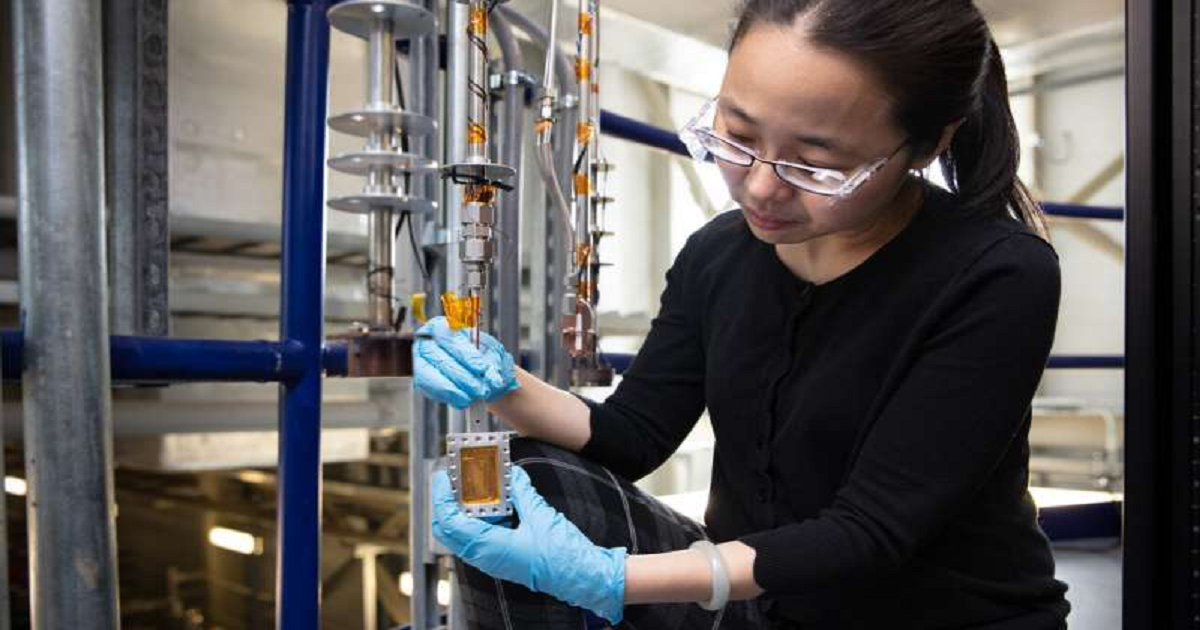Focus on nuclear waste chemistry could help federal cleanup site challenges

Researchers at the Department of Energy's Oak Ridge National Laboratory, Pacific Northwest National Laboratory and Washington State University teamed up to investigate the complex dynamics of low-water liquids that challenge nuclear waste processing at federal cleanup sites. The results, featured as a cover in the Journal of Physical Chemistry B, help shed light on the fundamental chemistry at work in legacy tank waste, which is especially difficult to process because of the presence of unpredictable low-water or "water-in-salt" solutions."Remarkably, these electrolyte solutions are able to maintain a liquid state at very high salt concentrations; but as a result, they do not move freely like normal, more dilute liquids," said ORNL geochemist Hsiu-Wen Wang, who led the neutron scattering research performed in the study. Water-in-salt solutions are characterized by high viscosities that can fluctuate between liquid and near-solid, glass-like states, making them difficult to control. In nuclear waste tanks, these caustic solutions can clog pumps and pipes, hindering their removal for processing.